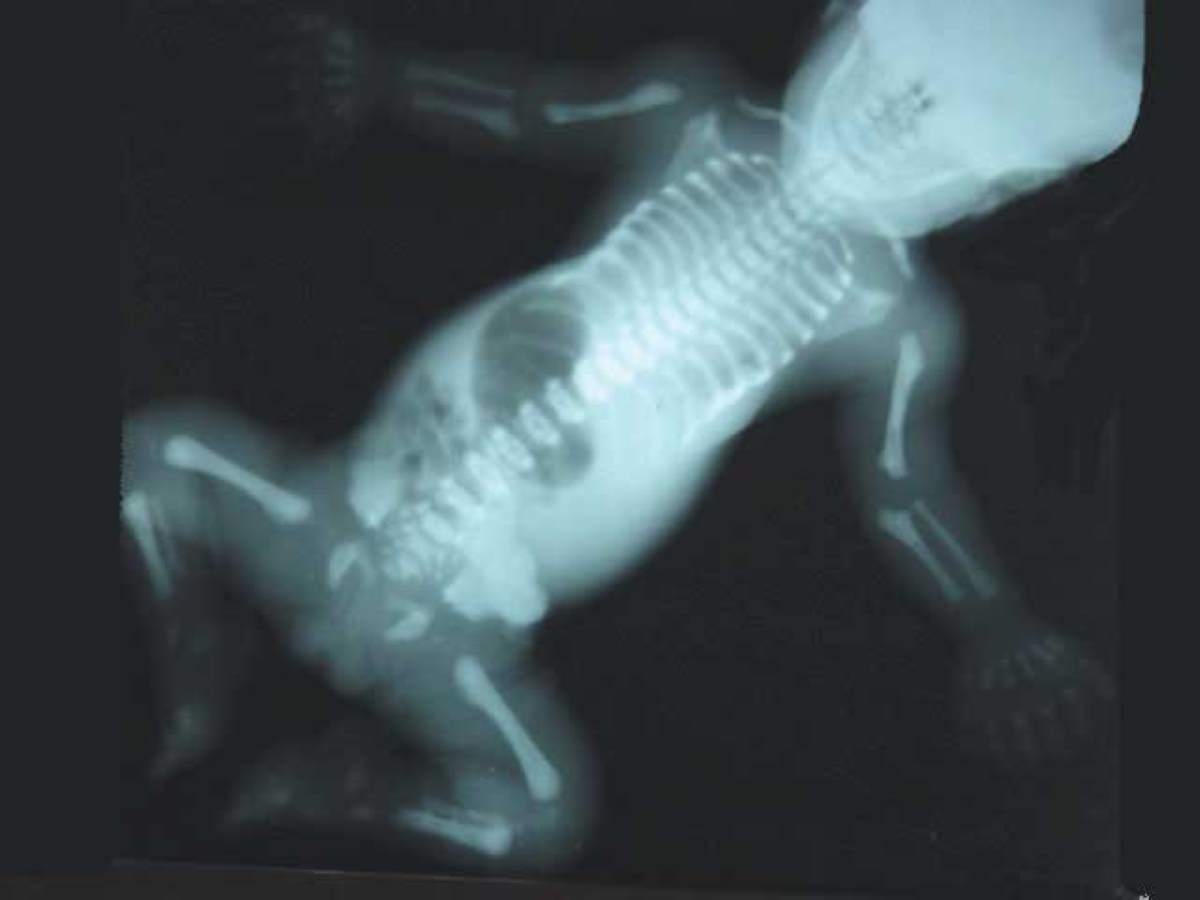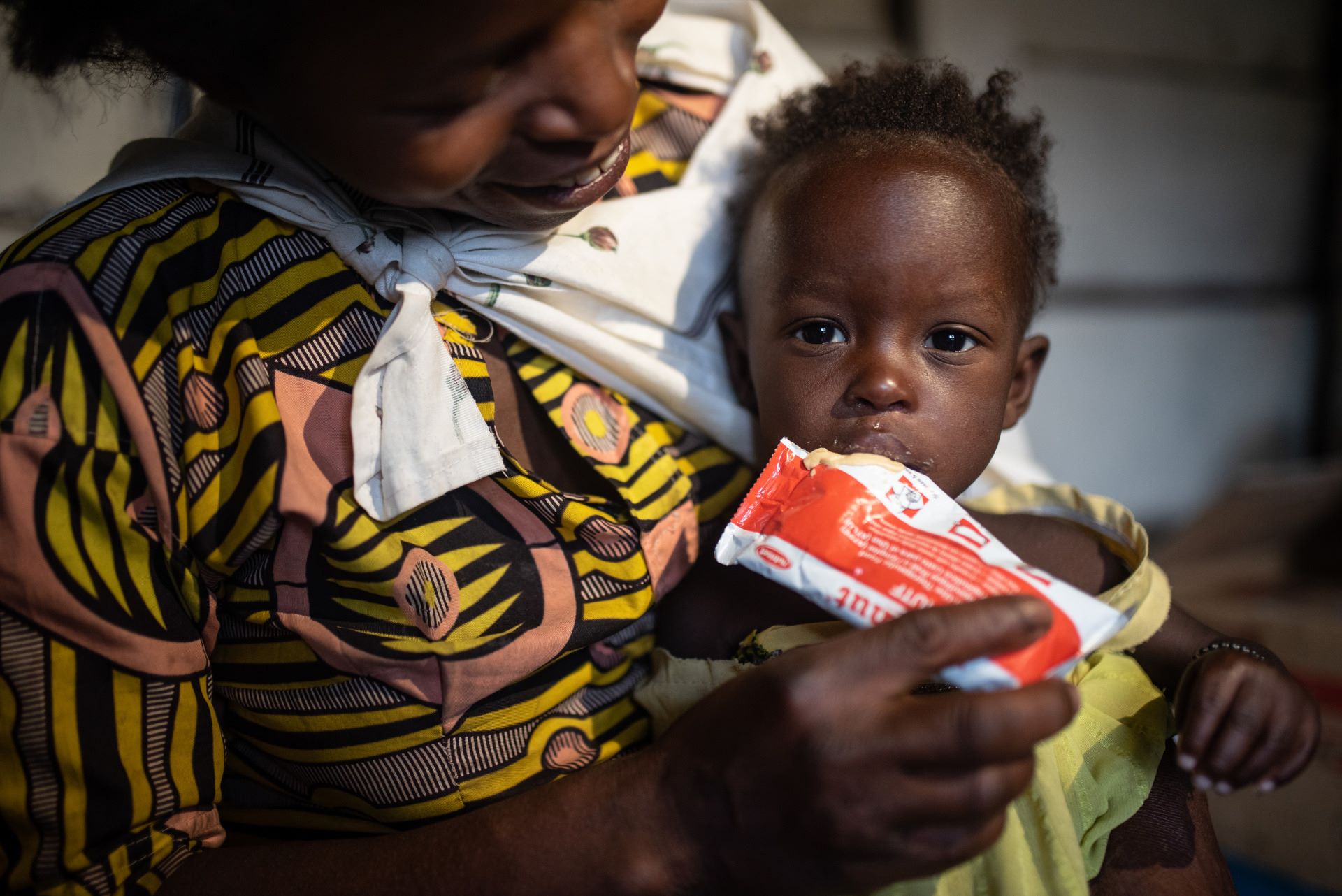
Majewski's Polydactyly Syndrome, also known as short rib-polydactyly syndrome type II (SRPS type II), is a rare and severe genetic disorder. This condition, inherited in an autosomal recessive pattern, leads to significant skeletal abnormalities and extra fingers or toes. Babies born with this syndrome often face life-threatening challenges due to a small chest and short ribs, causing severe breathing issues. Other features include limb shortening, facial anomalies, and organ defects. Prenatal diagnosis through ultrasound can identify key signs, helping parents prepare. Despite its grim prognosis, understanding this syndrome is crucial for early intervention and support.
Key Takeaways:
- Majewski's Polydactyly Syndrome is a rare genetic disorder causing physical abnormalities like extra fingers, breathing difficulties, and facial anomalies. It is usually lethal in the neonatal period due to severe complications.
- Understanding the genetic mutations and features of Majewski's Polydactyly Syndrome can help in providing supportive care and potential treatments. The condition is generally lethal, with severe respiratory insufficiency and other complications contributing to high mortality.
What is Majewski's Polydactyly Syndrome?
Majewski's Polydactyly Syndrome, also known as short rib-polydactyly syndrome type II (SRPS type II), is a rare and severe genetic disorder. It primarily affects the bones and cartilage, leading to significant physical abnormalities.
-
Definition and Classification
Majewski's Polydactyly Syndrome falls under the category of short rib-polydactyly syndromes (SRPS), specifically type II. It involves severe osteochondrodysplasia, impacting bone and cartilage development. -
Inheritance Pattern
This condition is inherited in an autosomal recessive manner. Carriers of the mutated gene are usually healthy but can pass the gene to their children, who will develop the syndrome if they inherit two copies.
Clinical Features of Majewski's Polydactyly Syndrome
The syndrome manifests through a variety of physical abnormalities, many of which can be detected early in life.
-
Polydactyly
Individuals with this syndrome often have extra fingers or toes, known as pre- and postaxial polydactyly. -
Thoracic Dysplasia
A hypoplastic thorax with short ribs leads to respiratory insufficiency, making breathing difficult. -
Micromelia
Limb shortening, especially in the tibiae, which are disproportionately short and ovoid in shape, is common. -
Facial Anomalies
Features include a prominent forehead, low-set and malformed ears, a short and flat nose, a lobulated tongue, micrognathia, and cleft lip/palate. -
Visceral Anomalies
These include a protruding abdomen, short fingers (brachydactyly), a hypoplastic epiglottis, cardiovascular defects, renal cysts, and genital anomalies.
Diagnosing Majewski's Polydactyly Syndrome
Early diagnosis is crucial for managing the condition and preparing for potential complications.
-
Prenatal Diagnosis
Ultrasound (USG) can detect key features like short ribs and polydactyly, allowing for early diagnosis. -
Histological Features
Examination of affected tissues reveals abnormalities such as an expanded and irregular hypertrophic zone in the femoral epiphyseal chondral plate, cortico-medullary cysts in the kidneys, and portal fibrosis.
Genetic and Molecular Basis
Understanding the genetic mutations involved helps in diagnosing and researching potential treatments.
-
Molecular Genetics
Mutations in the NEK1 gene are a known cause. This gene is crucial for the proper functioning of primary cilia, essential for various cellular processes. -
Primary Cilia Abnormalities
Primary cilia play a critical role in sensing the environment and transmitting signals. Abnormalities in these structures are linked to various ciliopathies, including this syndrome. -
Ciliopathy
Majewski's Polydactyly Syndrome is classified as a ciliopathy, a group of disorders caused by defects in primary cilia. These defects lead to a range of developmental and cellular abnormalities.
Prognosis and Management
The condition is generally lethal, but understanding its features can help in providing supportive care.
-
Lethality
The syndrome is usually lethal in the neonatal period due to severe respiratory insufficiency caused by the hypoplastic thorax and short ribs. Other complications like cardiovascular defects and renal anomalies also contribute to high mortality. -
Radiographic Features
Radiographic findings include short, horizontal ribs, tubular bone shortening, and characteristic short ovoid tibiae. The femora may show pointed ends or marginal spurs, and there may be vertical shortening of the ilia and flat acetabulae. -
Organ Involvement
Multiple organs can be affected, including polycystic kidneys, hypoplastic lungs, and cardiovascular defects. -
Genital Anomalies
These can range from mild to severe and may include cleft lip and palate, as well as other genitourinary abnormalities.
Additional Complications
Beyond the primary features, other complications can arise, further impacting the quality of life.
-
Cleft Lip and Palate
These anomalies are frequent and can significantly impact feeding and speech development. -
Cardiovascular Defects
Cardiovascular defects can range from mild to severe, including issues like septal defects or hypoplastic heart structures. -
Renal Cysts
Renal cysts are characteristic and can contribute to renal dysfunction. -
Prognosis
The prognosis is generally poor, with the condition being lethal in the neonatal period due to severe respiratory insufficiency and other complications.
Understanding Majewski's Polydactyly Syndrome
Majewski's Polydactyly Syndrome, a rare and severe condition, presents significant challenges due to its complex skeletal and visceral anomalies. Characterized by polydactyly, thoracic dysplasia, and micromelia, this syndrome often leads to neonatal lethality. Prenatal diagnosis through ultrasound can identify key features, allowing for early intervention and parental counseling. Genetic mutations, particularly in the NEK1 gene, play a crucial role in the development of this disorder, linking it to ciliopathies. Despite the poor prognosis, ongoing research aims to uncover more about the molecular mechanisms behind the syndrome, potentially leading to better diagnostic tools and supportive care. Awareness and support for affected families remain essential, providing resources and emotional backing during challenging times. Understanding Majewski's Polydactyly Syndrome is vital for improving management and support for those impacted by this rare disorder.
Frequently Asked Questions
Was this page helpful?
Our commitment to delivering trustworthy and engaging content is at the heart of what we do. Each fact on our site is contributed by real users like you, bringing a wealth of diverse insights and information. To ensure the highest standards of accuracy and reliability, our dedicated editors meticulously review each submission. This process guarantees that the facts we share are not only fascinating but also credible. Trust in our commitment to quality and authenticity as you explore and learn with us.


